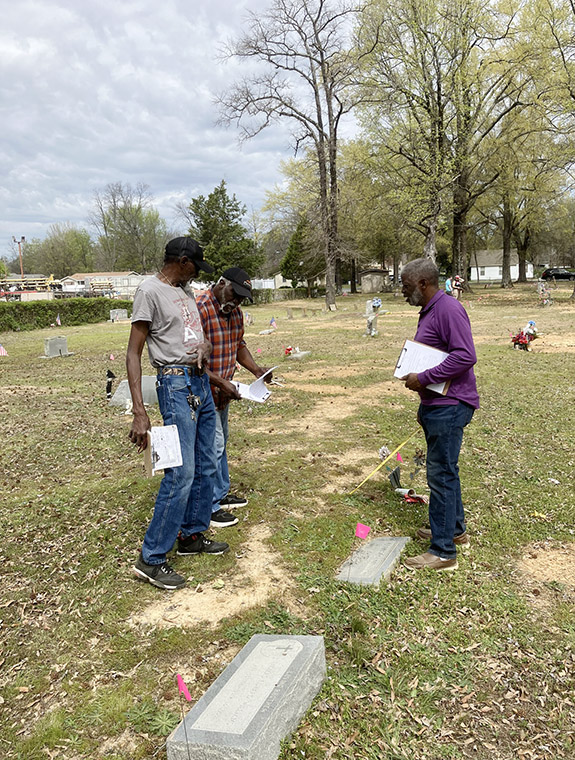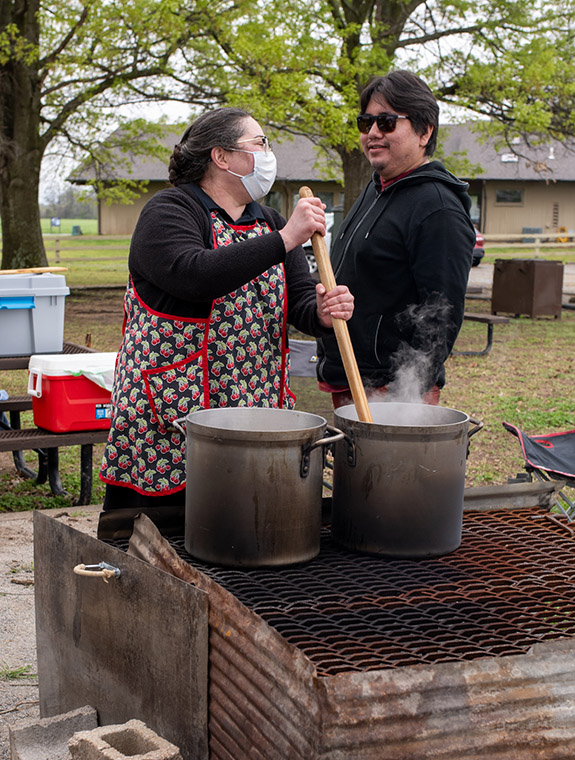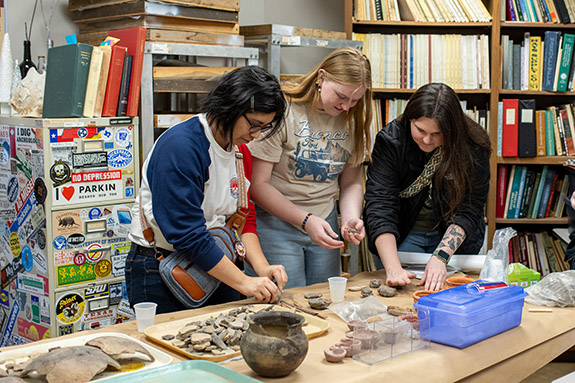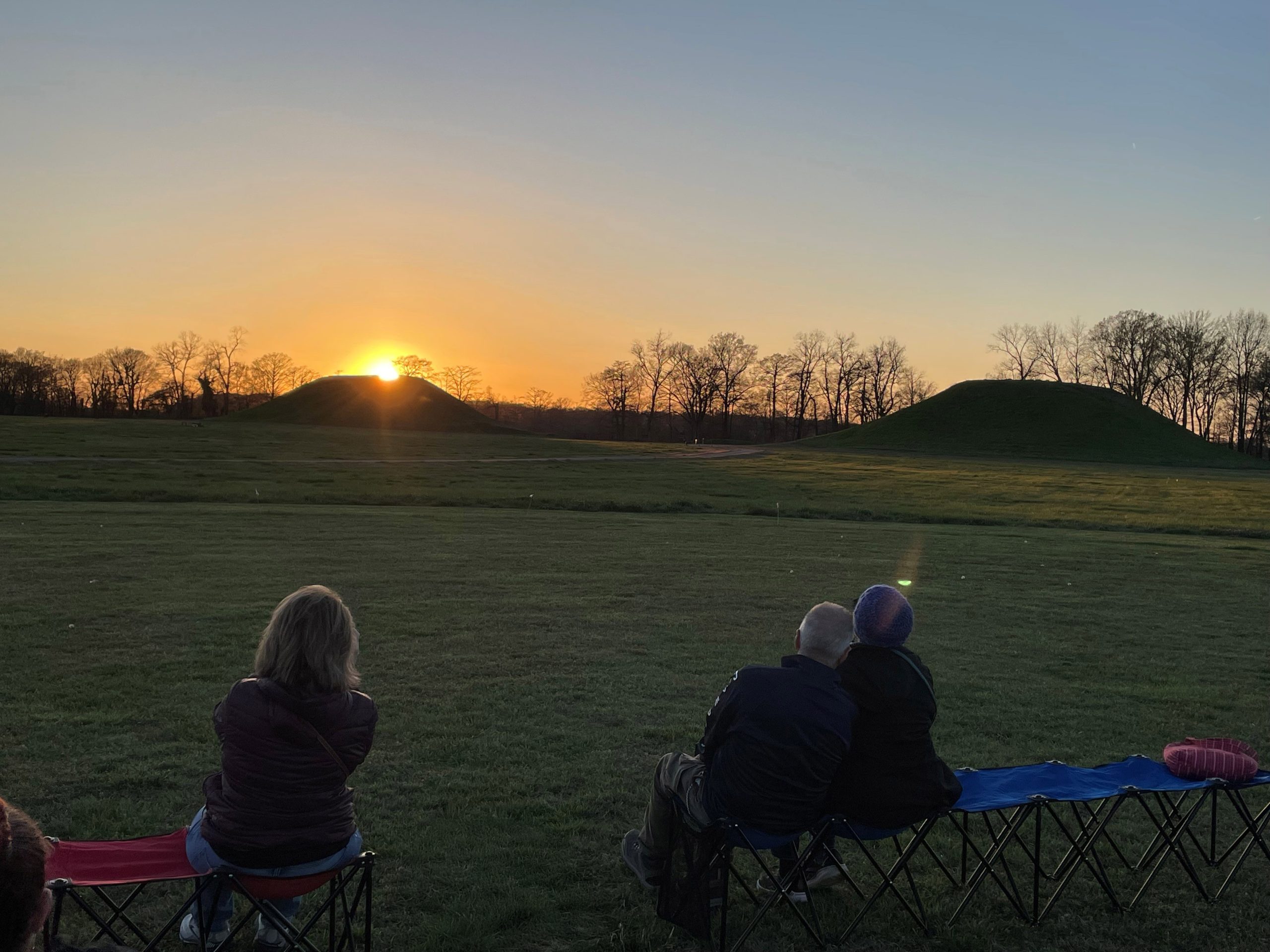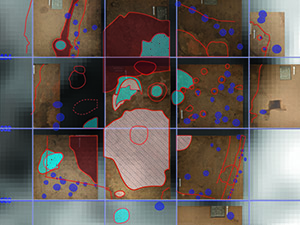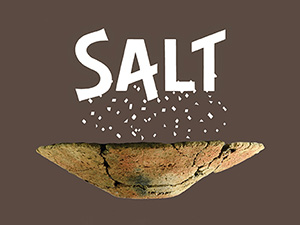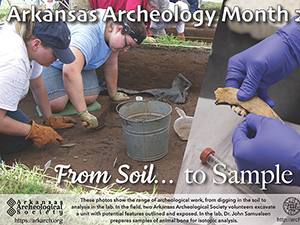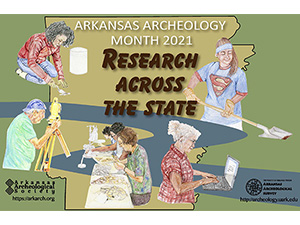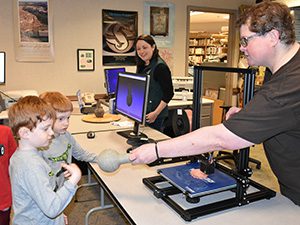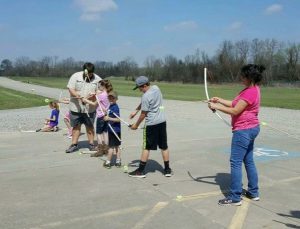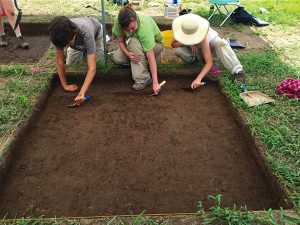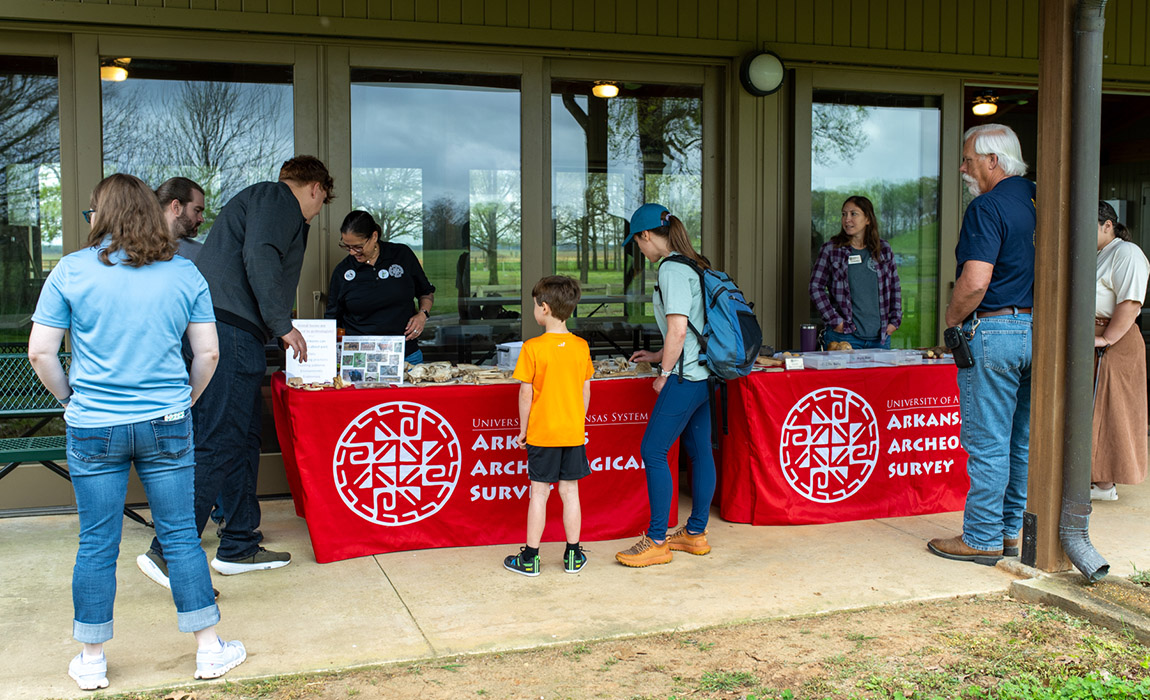
March 2025 was another successful Arkansas Archeology Month! Organizations all over the state came together to host 35 events throughout the month, reaching 1,698 people! We kicked the month off with a Celebrate Archeology Day cohosted by the Arkansas Archeological Survey and Arkansas Archeological Society in Fayetteville at the ARAS Coordinating Office and University of Arkansas Museum. We had beautiful weather and a great turnout for this event that showcased the amazing collections of the Museum and the work that ARAS archeologists do. Society members highlighted the Training Program in Archeology and, of course, people tried their hand at spear throwing with an atlatl. Members of the Choctaw Nation also came out to talk about their heritage and their tribal archeology program.
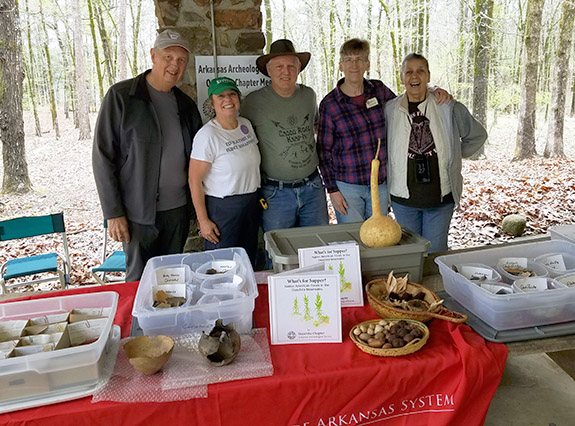
Many other groups also hosted events throughout the month, including:
-
The Ouachita Chapter of the AAS
-
The Mid-America Science Museum
-
Arkansas State Parks
-
Stone’s Throw Brewing Company
-
Fossil Cove Brewing Company
-
The Dallas County Museum
-
ARTx3
-
Historic Cane Hill
-
The Springdale Public Library
-
The Ko-ko-ci Chapter of the AAS
-
Arkansas Tech University, Archeology Teaching Lab
-
University of Arkansas Little Rock Garden Site Archaeological Project
-
The Shiloh Museum of Ozark History
-
The Ark-Homa Chapter of the AAS
-
The St. Francis County Museum
-
The Fort Smith National Historic Site
-
The Madison County Library
-
The Prairie Grove Public Library
-
The JCB Center for Archeological Research at the University of Central Arkansas
-
The Three Rivers Chapter of the AAS
These events ranged from presentations about current archeological research, to artifact ID events, to archeological trivia, to knap-ins, to cemetery recording workshops, and beyond.

We also hosted four virtual events this year. Our Archeology Jobs Panel was held virtually at the beginning of the month with five archeologists representing a variety of job possibilities (the recording is on the Survey’s YouTube channel). We also hosted our first ever archeology book club held via Zoom. We met twice to discuss Michael Wise’s Native Foods: Agriculture, Indigeneity, and Settler Colonialism in American History and spoke with the author during our second meeting. Our high school intern also hosted a virtual session on pseudoarcheology after doing research on the ways that people are drawn in by pseudoscience and pseudoarcheology ideas.
To wrap up the month, the ARAS and AAS sponsored another Celebrate Archeology Day at Plum Bayou Mounds Archeological State Park near Little Rock, which is the location for the 2025 Training Program in June. Members of Quapaw Nation came to the event to cook and share traditional dishes with visitors. Along with ARAS staff, the UALR Garden Site Archaeological Project and Arkansas Historic Preservation Program hosted booths about the many aspects of archeology that we study. The weather was a bit dicey for this even with some rain toward the end, but overall, this was a fun, educational, and successful way to wrap up Arkansas Archeology Month 2025.
If you missed us in 2025, put Arkansas Archeology Month on your calendar for 2026 now! Follow us on Facebook, Instagram, Threads, BlueSky, and YouTube for more information about upcoming events and to stay up to date on things happening in Arkansas archeology. Additionally, if you or someone you know works at an institution that would like to host a 2026 Archeology Month event, contact Michelle Rathgaber at mmrathga@uark.edu to be added to our Call for Programs list!
